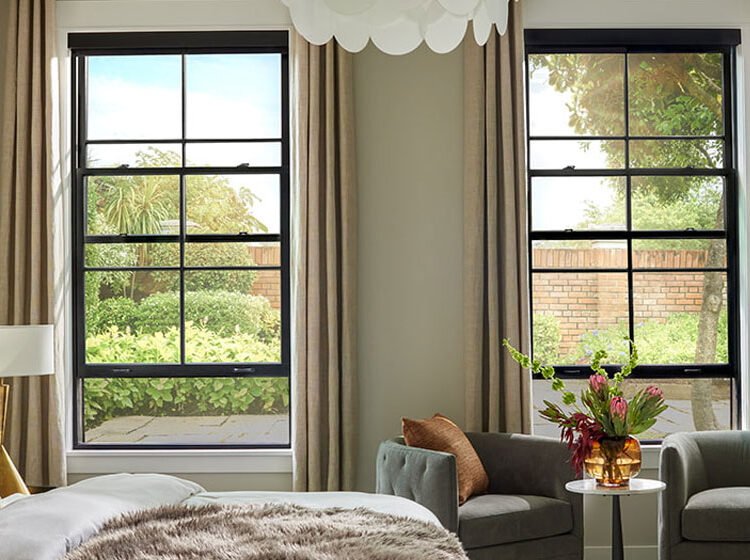Introduction to kitchen cabinets
Kitchen cabinets aren’t just functional fixtures that provide storage space. They’re pivotal elements that define the aesthetics and efficiency of your kitchen. Choosing the right kitchen cabinets is crucial for both style and function. This guide offers a comprehensive look at everything you need to know about purchasing kitchen cabinetry.
The kitchen is often considered the heart of the home. It is where meals are prepared, conversations and memories are made. As such, the design of your kitchen should reflect your lifestyle, personal taste, and the overall design aesthetic of your home. Kitchen cabinets play a critical role in achieving this cohesion.
Furthermore, well-chosen kitchen cabinets can increase the value of your home. In an era where open-concept kitchens are becoming increasingly popular, cabinets have become a focal point of kitchen design. High-quality kitchen cabinets can enhance your home’s value and visual appeal.
Benefits of investing in quality kitchen cabinets
Investing in quality kitchen cabinets has numerous benefits. One of the primary advantages is their longevity. High-quality cabinets are designed to withstand daily use, including the opening and closing doors and drawers, without showing wear and tear.
Quality kitchen cabinets also offer exceptional functionality. From pull-out drawers that make it easy to access pots and pans to built-in dividers for cutlery and utensils, these cabinets are designed to enhance your kitchen’s efficiency. They offer ample storage space, allowing you to keep your countertops clutter-free and maintain a neat and organized kitchen.
Quality kitchen cabinets also contribute to the aesthetic appeal of your kitchen. They come in various designs and finishes, allowing you to select cabinets that match your kitchen’s style and décor. Whether you prefer a modern, traditional, or rustic look, you can find high-quality cabinets that complement your design aesthetic.
Understanding different types of kitchen cabinets
There are several types of kitchen cabinets available, each offering its unique benefits and drawbacks. Base cabinets are the workhorses of kitchen cabinetry, providing the foundation for countertops and kitchen islands. They’re typically 24 inches deep and 36 inches tall, although these dimensions can be customized based on your needs.
Wall cabinets, often mounted above countertops, are a great way to maximize storage space in a small kitchen. They’re typically 12 inches deep, but their height and width vary greatly. Tall cabinets, also known as pantry cabinets, extend from the floor to the ceiling and provide ample storage space for food, cooking utensils, and small appliances.
Specialty units like corner cabinets, appliance garages, and sink/cooktop fronts can add functionality and style to your kitchen. However, they’re typically more expensive than standard base and wall cabinets.
Factors to consider when purchasing kitchen cabinets
When purchasing custom kitchen cabinets, several factors need to be considered. First, the type of cabinets you can afford will primarily depend on your budget. High-quality custom cabinets can be expensive, but they offer superior longevity and functionality.
The size of your kitchen is another crucial factor. You want to ensure the cabinets you select will fit well within your space and provide enough storage without making the kitchen feel cramped. Consider the layout of your kitchen and the placement of appliances when deciding on cabinet configuration.
Your kitchen style will also influence your cabinet choice. You want cabinets that complement your kitchen’s aesthetic and architectural style. Whether you’re going for a modern, traditional, or rustic look, cabinets are available to match your design preference.
Popular materials for kitchen cabinets
Kitchen cabinetry can be made from various materials, each with benefits and drawbacks. Solid wood cabinets are durable but prone to warping and cracking in humid environments and can be refinished multiple times.
Plywood is a preferred option for kitchen cabinets due to its durability and moisture resistance. It’s less likely to warp or crack than solid wood, but it’s also more expensive.
Medium-density fiberboard (MDF) is an affordable alternative to solid wood and plywood. It’s durable and resistant to warping, but it can’t be refinished like solid wood. Particleboard is the least expensive option, but it’s also the least durable and is susceptible to damage from moisture and heavy use.
Styles and designs of kitchen cabinets
Kitchen cabinets come in various styles and designs, catering to every aesthetic preference and architectural style. Shaker-style cabinets, characterized by their simple, clean lines, are a popular choice for modern and traditional kitchens alike.
Flat-panel cabinets, or slab-front cabinets, offer a minimalist aesthetic perfect for contemporary kitchens. They’re typically made from solid wood or MDF and feature a flat, single-panel front.
Beadboard cabinets, with their decorative vertical slats, are a great choice for cottage or farmhouse-style kitchens. They add a charming, rustic touch to any kitchen. For a truly unique look, consider custom-designed cabinets that can be tailored to fit in the kitchen according to your exact specifications and design preferences.
Custom vs. pre-made kitchen cabinets
Regarding kitchen cabinets, you can choose between custom and pre-made options. Custom cabinets are built to your specifications, allowing you to maximize your kitchen’s storage capacity and incorporate unique features. However, they’re typically more expensive and take longer to install.
Pre-made cabinets, also known as stock or semi-custom, come in standard sizes and configurations. They’re more affordable and quicker to install than custom cabinets, but they may not fit perfectly in your kitchen, and your options for customization are limited.
How to measure your kitchen for cabinets
Measuring your kitchen for cabinets is a critical step in the cabinet-buying process. You’ll need to measure the overall size of your kitchen, including the length and height of each wall. You’ll also need to measure the location and size of any windows, doors, and appliances.
When measuring for base cabinets, remember to account for the height of your countertops and the toe kick space. For wall cabinets, measure the distance from the countertop to the ceiling and subtract the height of your base cabinets and countertop.
It’s a good idea to create a rough sketch of your kitchen layout, noting the location and size of all features. This will help you visualize the placement of your cabinets and ensure you have accurate measurements.
Tips for choosing the right kitchen cabinet manufacturer
Choosing the right cabinetry manufacturer is crucial to receiving high-quality products and excellent customer service. Look for manufacturers that offer many cabinet styles and materials so you have plenty of options.
Research the supplier’s reputation by reading online reviews and asking for references. A reputable supplier should be willing to provide you with a list of satisfied customers.
Finally, consider the supplier’s customer service. They should be willing to answer your questions, provide detailed product information, and help you navigate the cabinet-buying process.
Budgeting for kitchen cabinets
Budgeting for kitchen cabinets can be challenging, given the wide range of prices. On average, kitchen cabinets account for 30-40% of a kitchen remodel budget. However, the cost can vary depending on the cabinet material, style, and whether you choose custom or pre-made cabinets.
It’s important to set a realistic budget considering all potential costs, including installation and hardware. Be sure to budget for unexpected costs, such as necessary repairs or replacements.
Remember, investing in high-quality cabinets can pay off in the long run. While they may be more expensive upfront, they’ll likely last longer and provide better functionality, potentially saving you money in the long run.
Installation and maintenance of kitchen cabinets
Once you’ve selected your kitchen cabinets, the next step is installation. This can be a complex process that involves precise measurements and careful handling of the cabinets. Unless you’re an experienced DIYer, it’s best to hire a professional to install your cabinets.
Maintaining your kitchen cabinets is crucial to ensuring their longevity. Regularly clean your cabinetry with a mild soap and water solution to remove grease and grime. It’s important to avoid using scrubbing pads or abrasive cleaners on your cabinets because they can cause damage to the finish.
If your cabinets are made from solid wood, consider applying a wood conditioner every few months to keep the wood from drying out. For painted cabinets, touch up any chips or scratches promptly to prevent further damage.
Where to buy kitchen cabinets
There are many places to buy kitchen cabinets, from big-box home improvement stores to specialty kitchen and bath retailers. Online cabinet retailers offer a wider selection of kitchen cabinets at lower prices than brick-and-mortar stores.
Before making a purchase, research the retailer’s reputation and customer service. When planning a kitchen remodel, research online reviews and ask for your friends and family’s recommendations.
Conclusion
Purchasing kitchen cabinets can significantly enhance your kitchen’s functionality and aesthetic appeal, making it a worthwhile investment. By understanding the different types of cabinets, considering important factors such as budget and kitchen size, and choosing a reputable and professional supplier, you can ensure you make the right choice for your needs. Always remember, the goal is to create a kitchen that not only looks good but also serves your cooking and storage needs effectively.






